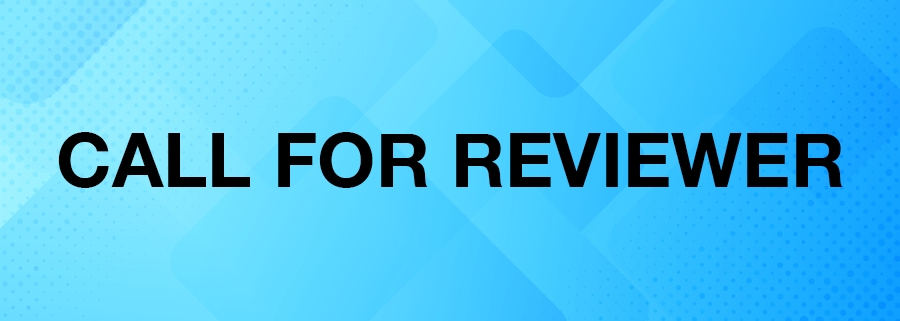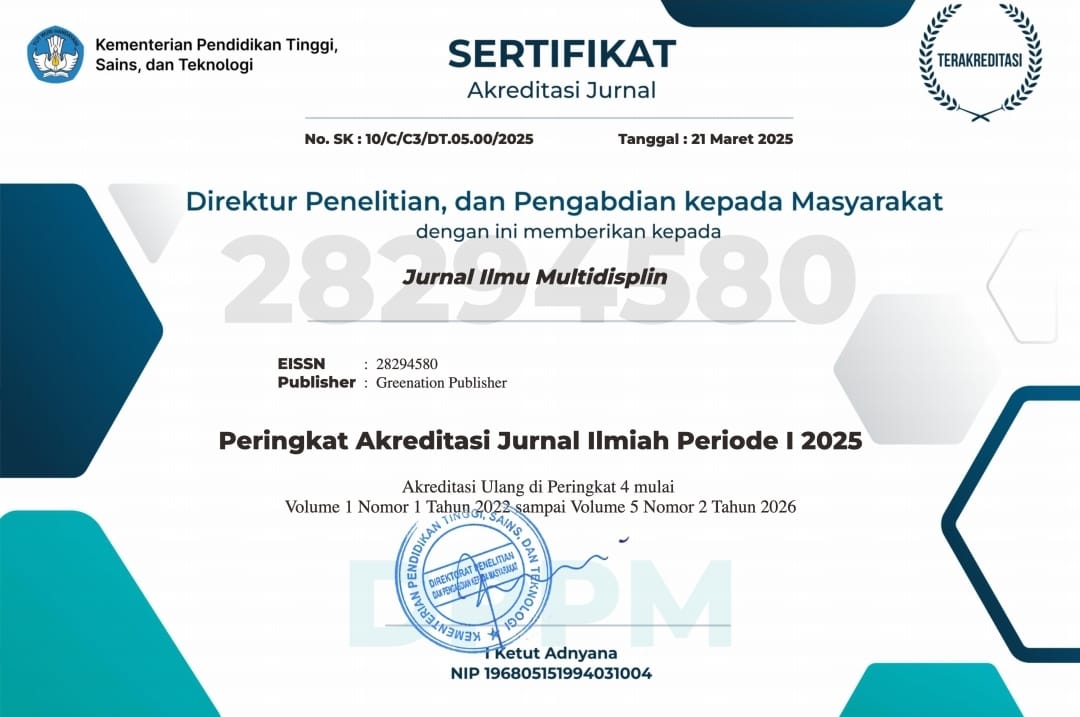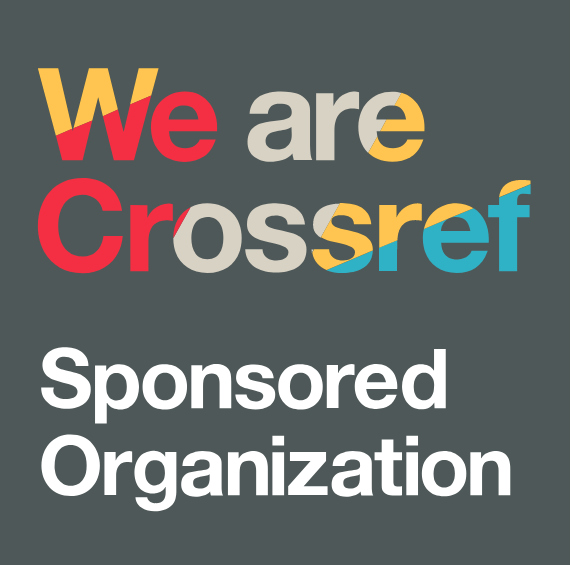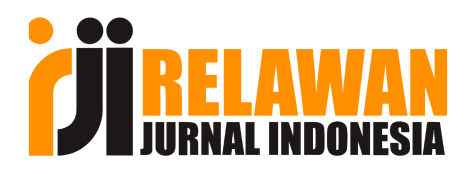Peran Komunikasi Digital di PT PLN (Persero) UID Sumatera Selatan, Jambi dan Bengkulu
DOI:
https://doi.org/10.38035/jim.v4i4.1262Keywords:
Komunikasi Digital, produktivitasAbstract
Transformasi digital telah menjadikan komunikasi digital sebagai komponen esensial dalam mendukung efektivitas organisasi modern. Penelitian ini bertujuan mengeksplorasi peran strategis komunikasi digital dalam mendorong efisiensi operasional dan produktivitas kerja di PT PLN (Persero) Unit Induk Distribusi Sumatera Selatan, Jambi, dan Bengkulu (UID S2JB). Penelitian ini menggunakan pendekatan kualitatif deskriptif, dengan teknik purposive sampling untuk memilih informan kunci. Data diperoleh melalui observasi dan wawancara mendalam, lalu dianalisis dan dibuat kesimpulan dengan teknik deskriptif dan inferensial. Hasil penelitian mengungkap bahwa komunikasi digital berperan signifikan dalam mempercepat arus informasi, memperkuat kolaborasi lintas tim, dan mempercepat proses pengambilan keputusan. Namun, ketergantungan terhadap teknologi juga memunculkan tantangan seperti overload informasi, risiko miskomunikasi, dan ketimpangan literasi digital antar individu. Penelitian ini memberikan implikasi strategis bagi perusahaan dalam merumuskan kebijakan komunikasi digital yang adaptif, inklusif, dan selaras dengan tuntutan kerja modern.
References
Cameron, D., & Webster, J. (2011). Communication technologies in organizations: Current practices and future prospects. Hershey, PA: IGI Global.
Creswell, J. W. (2014). Research design: Qualitative, quantitative, and mixed methods approaches (4th ed.). Thousand Oaks, CA: SAGE Publications.
Daft, R. L. (2016). Organization theory and design (12th ed.). Cengage Learning.
Dennis, A. R., Fuller, R. M., & Valacich, J. S. (2008). Media, tasks, and communication processes: A theory of media synchronicity. MIS Quarterly, 32(3), 575–600. https://doi.org/10.2307/25148857
Dewey, J. (1938). Experience and education. New York: Macmillan.
Ess, C. (2009). Digital media ethics. Cambridge: Polity Press.
Hargittai, E. (2010). Digital na(t)ives? Variation in internet skills and uses among members of the “Net Generation.” Sociological Inquiry, 80(1), 92–113. https://doi.org/10.1111/j.1475-682X.2009.00317.x
Hunt, R. A. (1997). Organizational communication: Principles and practices. New York: McGraw-Hill.
International Organization for Standardization. (2013). ISO/IEC 27001:2013 - Information technology – Security techniques – Information security management systems – Requirements. Geneva: ISO.
Knowles, M. S. (1980). The modern practice of adult education: From pedagogy to andragogy. Englewood Cliffs, NJ: Cambridge Adult Education.
Lee, M. (2019). Strategic alignment of digital communication in public sector organizations. Journal of Digital Communication Research, 11(2), 88–104. https://doi.org/10.1016/j.jdcr.2019.02.006
Maxwell, J. A. (2013). Qualitative research design: An interactive approach (3rd ed.). Thousand Oaks, CA: SAGE Publications.
Nonaka, I., & Takeuchi, H. (1995). The knowledge-creating company: How Japanese companies create the dynamics of innovation. New York: Oxford University Press.
Powell, A., Piccoli, G., & Ives, B. (2004). Virtual teams: A review of current literature and directions for future research. Database for Advances in Information Systems, 35(1), 6–36. https://doi.org/10.1145/968464.968
Sifrer, M. (2017). The impact of digital communication tools on organizational effectiveness. Journal of Organizational Studies, 9(2), 45–59. https://doi.org/10.1016/j.jos.2017.04.005
Westerman, D., Spence, P. R., & Van Der Heide, B. (2014). Social media as communication: A framework for understanding the implications of social media use in organizations. New York: Peter Lang.
Downloads
Published
How to Cite
Issue
Section
License
Copyright (c) 2025 Windra Jaya jaya, Didik Sugeng Widiarto

This work is licensed under a Creative Commons Attribution 4.0 International License.
You are free to:
- Share— copy and redistribute the material in any medium or format
- Adapt— remix, transform, and build upon the material for any purpose, even commercially.
The licensor cannot revoke these freedoms as long as you follow the license terms.
Under the following terms:
- Attribution— You must give appropriate credit, provide a link to the license, and indicate if changes were made. You may do so in any reasonable manner, but not in any way that suggests the licensor endorses you or your use.
- No additional restrictions— You may not apply legal terms or technological measures that legally restrict others from doing anything the license permits.
Notices:
- You do not have to comply with the license for elements of the material in the public domain or where your use is permitted by an applicable exception or limitation.
- No warranties are given. The license may not give you all of the permissions necessary for your intended use. For example, other rights such as publicity, privacy, or moral rightsmay limit how you use the material.




























